2016 is quickly approaching and 2015 is quickly winding to a close. From a wine making compliance perspective there are some specific areas that are in the best interest of all wineries to give attention to before the year ends.
- Wine “production”. We reference this term a lot in the wine making world but what I’m referring to specifically here is the TTB’s definition of wine production, and making sure that production numbers are reported every year if you are a TTB winery permit holder. This includes all stand alone wineries AND all alternating proprietorship, or APs. (both of which are wineries in the TTB’s eyes) These production numbers that wineries need to list every year appear on the TTB 5120.17 (“702”) report on line 2, “produced by fermentation”.
- There are two main reasons why a winery will want to make sure it lists numbers on line 2 of their TTB 5120.17 report(s) each year. The first is related to their filing for the small producers tax credit when filing their TTB excise tax reports. A winery may only file for this credit if they have shown production in the previous year. The scenario looks like this. Harvest of 2015 winery A did not ferment any grapes or juice, therefore it never listed any numbers on line 2 of it’s TTB 5120.17 reports for all of 2015. In 2016 when it ships out wine to customers and then must file and pay the TTB excise tax it would NOT qualify to file for the small producers tax credit.
- The other reason for wineries to pay attention to their production numbers every year on line 2 of the TTB 5120.17 report is those numbers listed there tie directly to the use of “produced and bottled by” on their wine labels. In order to list “produced and bottled by” on a wine label at least 75% of the blend of that wine must have been “produced” at the site that bottled it. Here again “produced” meaning numbers that were listed on line 2 of their TTB 5120.17 reports.
- California Grape Crush report preparation or filing. If your winery site holds a California weighmaster license, or if you are an AP and grow, buy or sell grapes then you are required to complete this report to the CDFA every year. It is due by January 10th, but right now is the best time to be preparing it.
- Napa County use permit holders with a 75% grape reporting requirement. The 75% Napa county grape source requirement has been in effect since post 1990 and creation of the Winery definition ordinance. (WDO). In more recent years when the county planning office has issued winery use permits it has made annual grape summary reporting a requirement. If your winery’s use permit (in Napa county) was approved in the last few years take a look at your list of conditions attached to your use permit approval letter. That is where it would list whether or not your winery is required to submit an annual report to the county planning office by December 31st which summarizes all grapes received at your site by appellation, which would prove that you are meeting the (at least) 75% grapes from within Napa county requirement.
If after reading all of this you are confused or unclear as to your winery’s compliance you are a perfect candidate for a “Compliance Check in Call”
You can sign up for one here: Compliance Check in Call